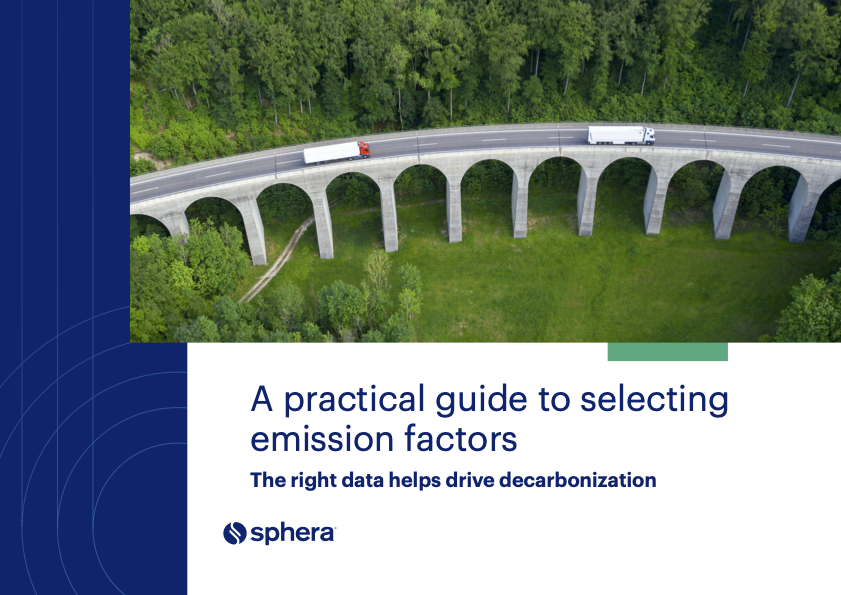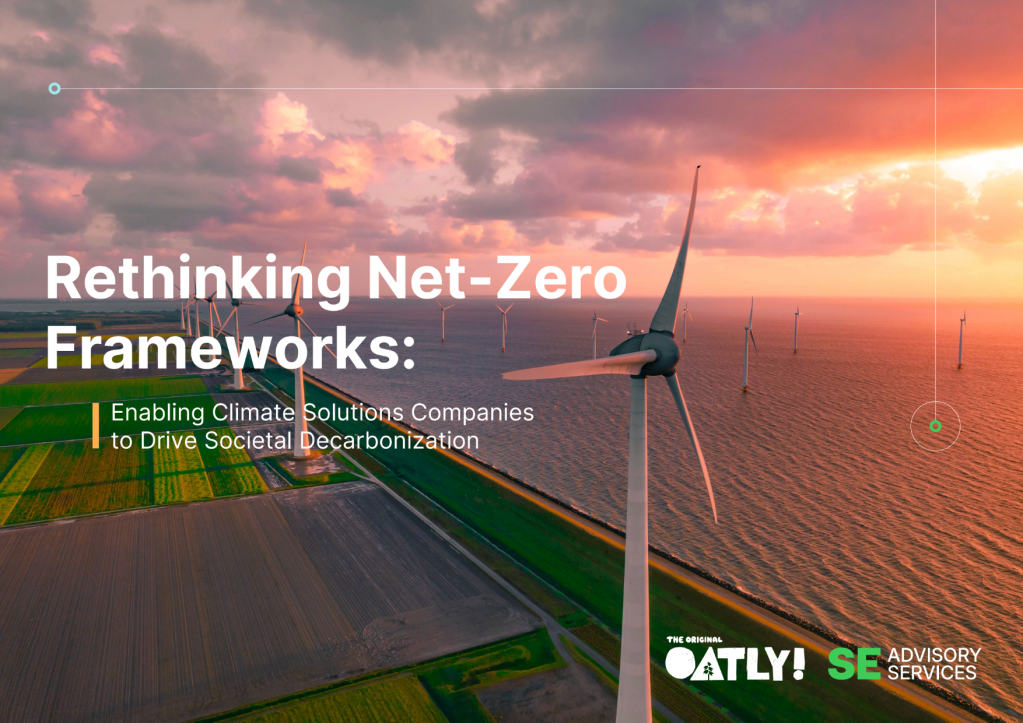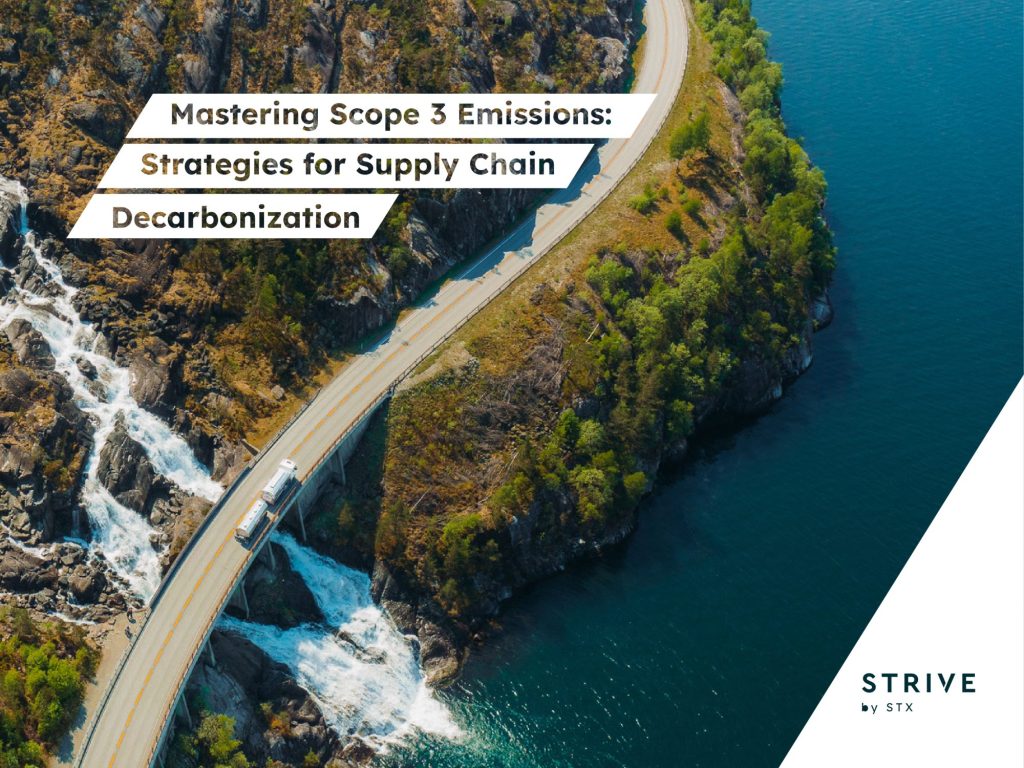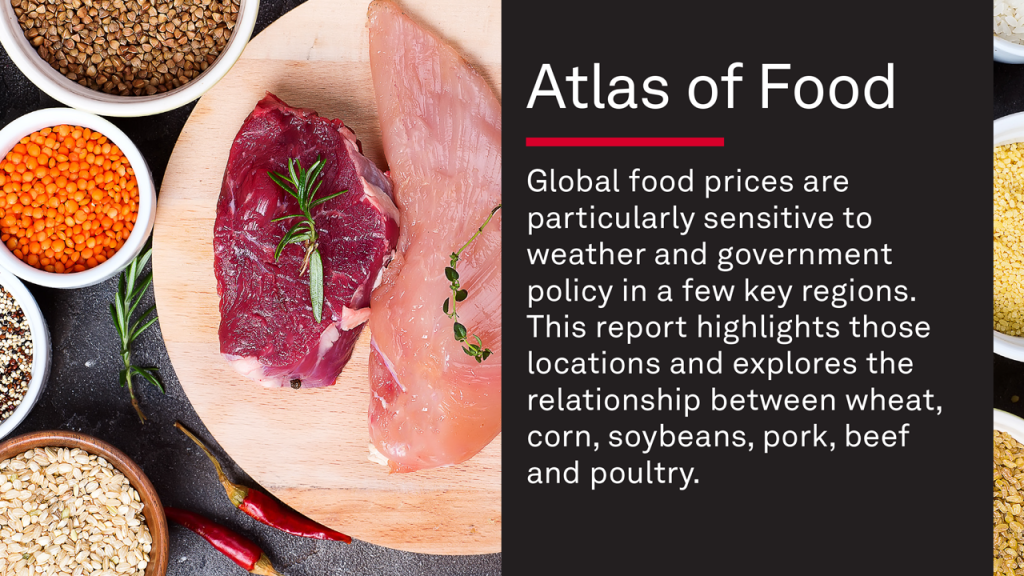How California is trying to salvage its broken insurance market
The state has adopted new regulations aimed at enabling people to insure their properties and insurers to remain solvent. But the changes may not be enough. Read More

- Policymakers are pushing incentives for mitigation by homeowners, communities and insurers along with more precise risk analysis to set rates.
- Major insurers are pushing for premium increases while continuing to fund fossil fuel projects.
- The state must restrict building homes in high-risk areas, experts say, but no serious proposals to restrict developments have been formalized.
With the wildfire season rapidly approaching, California policymakers and businesses are attempting to make homeowner’s insurance accessible again in the state. The outcome could send ripple effects across the economy as weather disasters become more frequent and severe.
California has adopted new regulations aimed at enabling people to insure their properties and insurers to remain solvent. But the changes, which ease restrictions on how insurers set rates, may not be enough.
Across the country, losses by major insurers following climate-related disasters have reached hundreds of billions of dollars in recent years, and it’s clear that the industry and regulators need to innovate dramatically if insurers are to stay in business and property owners are to find insurance.
A collapse in the property insurance market would hurt not only homeowners. It would directly threaten banks, mortgage lenders, developers and others with exposure to risk in the housing market, as mortgages will be harder to obtain if homes can’t get insurance. And it would have widespread repercussions across an economy that relies on a robust housing market.
Incentives for mitigation by homeowners, communities and insurers; more precise risk analysis — especially at the property level; and a shift in insurers’ underwriting business away from fossil fuels, are among the innovations experts say could reduce damages from future disasters. But no one has found the sure bet in this unprecedented era.
“We are dealing with a set of systems — insurance, finance, water, FEMA — that were built for a stable climate,” said Kate Gordon, CEO of California Forward and a one-time senior advisor to former U.S. Energy Secretary Jennifer Granholm and California Governor Jerry Brown. “These systems are not prepared for intensifying climate change.”
Coast to coast risk
This is hardly a California-only problem.
The U.S. has spent almost $1 trillion in disaster recovery and related climate expenses in the year ending May 1, according to a new report from Bloomberg Intelligence. That is equivalent to 3 percent of GDP.

Following $747 billion in damages from hurricanes, floods and wildfires intensified by climate change between 2020 and 2024, major insurers have pulled back from writing home insurance in many regions — not only coastal states like Florida, Louisiana and California, but also Oklahoma, New Mexico, North Carolina and others.
As regulators have made it easier to raise premiums to cover extreme weather risks, insurers in some states have spiked prices to a point that appears to be hurting the housing markets. Home insurance rates in Florida are set to average $15,460 this year, up from $14,140 last year, according to Insurify. In Louisiana, premiums surged 38 percent on average last year and are on pace to rise another 27 percent this year to $13,937, according to Insurify. High insurance prices along with high mortgage rates are said to be contributing to the softening of Florida’s housing market, where homes often sit on the market for months.
After more than a million California home insurance policies were not renewed in recent years, the state’s insurer of last resort, the FAIR Plan, experienced a 115 percent jump in enrollment from desperate homeowners who couldn’t find private insurance. California’s Insurance Commissioner responded with new regulations allowing insurers to pass along their reinsurance costs and use future catastrophe models, instead of just past losses, to calculate premiums. In exchange, insurers are required to increase their underwriting in high-risk areas by 5 percent every two years until they match 85 percent of their overall market share in the state.
“We’re hopeful these changes will stabilize the market,” said Seren Taylor, vice president of the Personal Insurance Federation of California, an industry association. “We’re seeing confidence returning to the market,” as insurers can “more accurately price risk.”
The state Department of Insurance did not respond to repeated requests to comment on the current insurance market and legislative and market proposals.
Former rules kept premiums artificially low, said Taylor. California’s Proposition 103, enacted decades ago, requires state approval and public hearings for rate hikes above 7 percent.
California state legislators have also proposed new laws that would require regulators to post wildfire mitigation advice and insurers to consider mitigation in non-renewal decisions, and create a legal pathway for insurers to sue fossil fuel companies for losses from extreme weather disasters.
New catastrophe risk models under development could help insurers more accurately calculate premiums. But experts say more needs to change.
“We’re not going to be able to rate hike our way out of the crisis,” said Dave Jones, director of the Climate Risk Initiative at the University of California Berkeley Law School.
A test for new regulations
The Los Angeles wildfires that broke out in January will in some ways test the new regulations’ effects.
The Palisades and Easton fires incinerated 16,000 structures, killed 30 people and caused an estimated $30 billion in insured losses. State Farm, the state’s largest insurer, applied for an emergency rate hike and was granted a 17 percent increase. Hit with 12,870 claims from the LA fires and payouts over $4.03 billion, State Farm plans to seek another 11 percent increase this year. Travelers and other insurers also indicated they’ll be seeking rate hikes this year.
Meanwhile, the state’s insurer of last resort needed a bailout of $1 billion after the fires, which insurers and their customers are on the hook to pay.
How to reward mitigation
Broken markets breed innovation, and several new start-ups now offer property insurance plans or business models that differ from those of traditional insurers. The need has also led to legislative proposals to modernize insurance.
Delos Solutions, founded by two aerospace engineers in 2020, developed an AI-based algorithm to analyze myriad data on wind patterns, topography, rainfall, weather and home attributes to determine the wildfire risk profile of a property. It offers home insurance in areas of California that many insurers have abandoned, identifying individual properties in those areas that can be insured.
A “wildfire resilience insurance policy” — developed by the Nature Conservancy, the Willis division of the WTW capital and risk management firm and the Center for Law, Energy and the Environment at the University of California — offers another model. Described as “the first-of-its-kind insurance policy that takes into account efforts to mitigate fire risk,” the pilot program provides $2.5 million in coverage from Globe Underwriting for the Tahoe Donner Association, a homeowners’ group of thousands of residences around Truckee, Calif. The region’s robust forest management allowed “a 39% lower premium and 89% lower deductible than would have been the case without nature-based forest management.”
On the commercial side, startup Premiums for the Planet is a licensed broker of commercial property casualty insurance that is building a purchasing partnership involving 80 companies and organizations (so far). The parties want to steer insurance purchases away from companies that are also insuring coal, oil and gas expansion projects.
U.S. insurers took in $21 billion in premiums from insuring fossil fuel companies in 2022, according to non-profit group Insure Our Future. In California, insurers that have restricted property coverage because of extreme weather — including AIG, AllState, Berkshire Hathaway, Chubb, Farmers, Liberty Mutual, State Farm, Tokio Marine andTravelers — earned $3.6 billion from insuring fossil fuel projects that year, said the non-profit.
When customers purchase insurance from major U.S. carriers, “they are spending money on something that is supposed to mitigate risk that is actually adding to risk,” said Nick Gardner, head of partnerships for Premiums for the Planet. “New fossil fuel projects literally cannot get off the ground without insurance.”
‘We’ve got to be honest’
The ultimate answer lies in accelerating the economy’s transition away from burning fossil fuels. To help, “states can and should pass laws requiring insurers to transition out of writing insurance for and investing in the fossil fuel industry,” said Jones,.
But that transition is decades away. In the short term, there is a fourth remedy: restrict building homes in high-risk areas such as in or adjacent to forests and along coastal cliffs. To date, no serious proposals to restrict developments have been formalized because California faces a severe housing shortage.
“We’ve got to be honest about stopping building in high-risk areas,” California Forward’s Gordon said at a San Francisco Climate Week forum on wildfires and home insurance.
Article corrected on July 7, 2025, to show that Premiums for the Planet has 80 organizations in its purchasing partnership, not 25 as originally stated.

Subscribe to Trellis Briefing
Featured Reports















